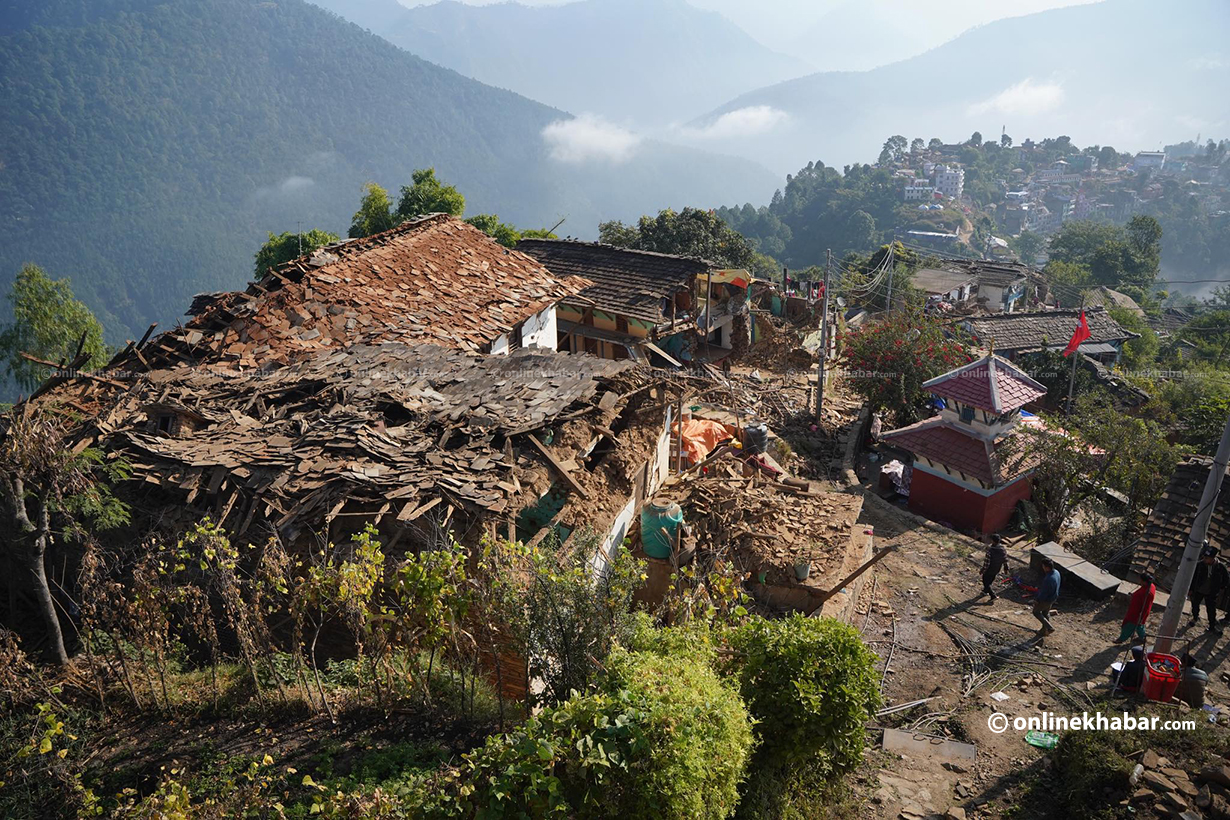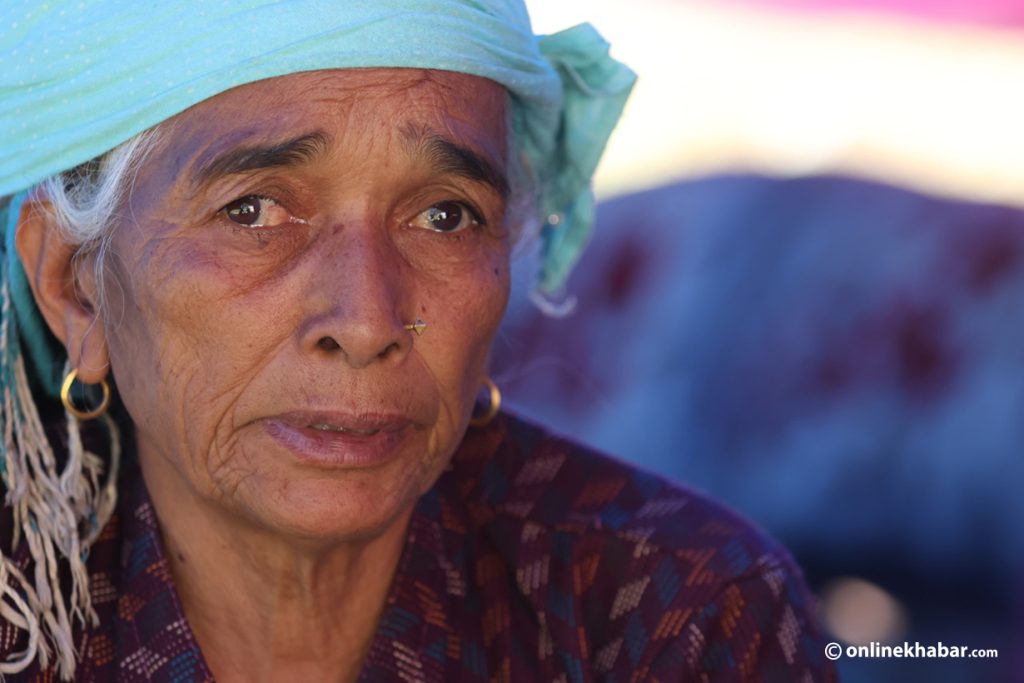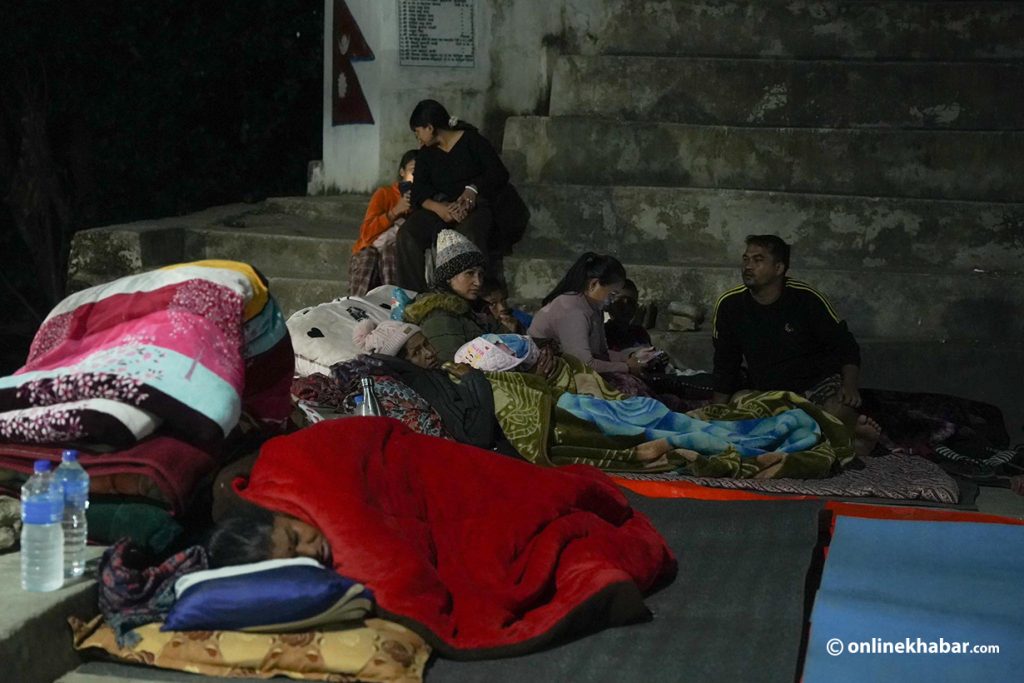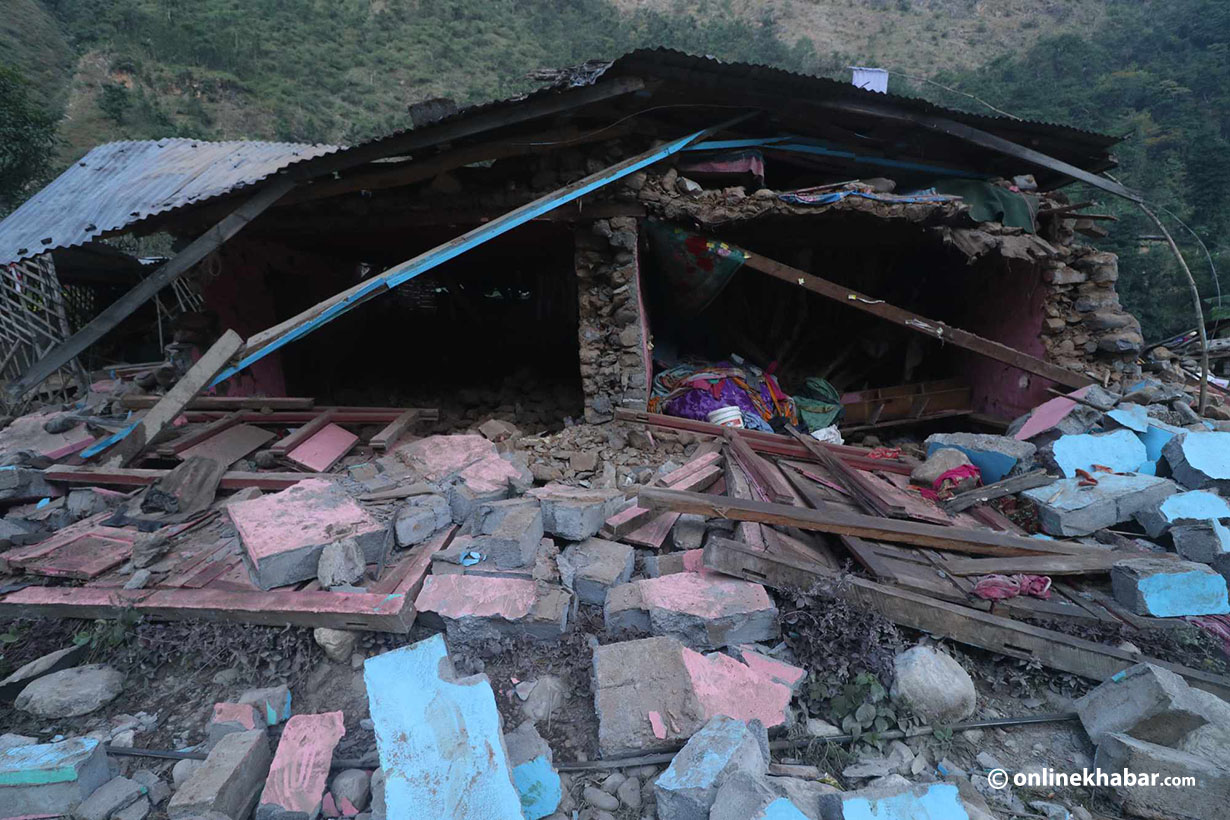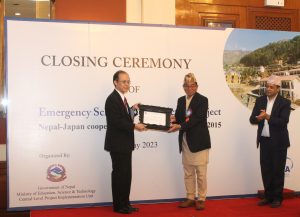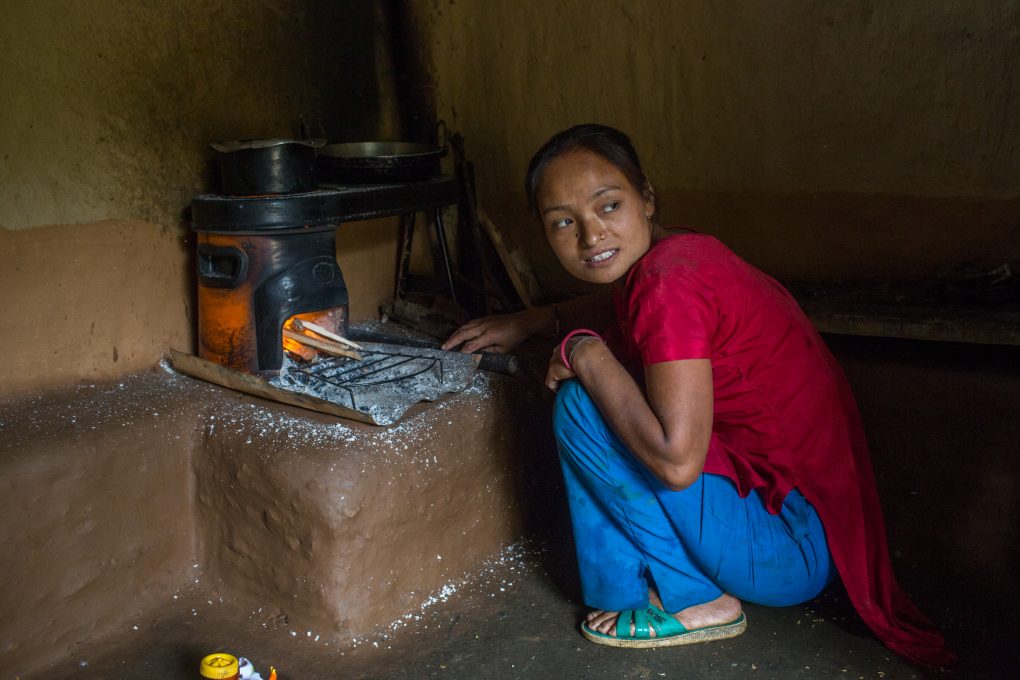
The village still looks like a battleground; piles of mud and stones from collapsed buildings bring back memories of the brutality of the earthquake that killed more than 9,000 people. While a few families are busy building new houses, many are waiting for the government’s support. Dominated by the Tamang, an indigenous group of Nepal, the village has not received much attention from the government, even though it is less than 50 kilometres from the capital, Kathmandu.
Despite the troubles, Rupa Tamang has made every effort to make her family’s life easier. On the left of the entrance to her small hut, a wooden tripod holds a bamboo dustbin off the ground to collect plastic. The 500-litre water tank collects rainwater from a six-metre long pipe tied to the roof.
“We use this water for irrigation and other household purposes. In winter, the tank is used to store water brought from a source few kilometres away,” says Rupa. “In the rainy season, rainwater fills the tank.”
Sikhreghyangh is one of three villages planned as an eco-development village, supported by several NGOs, such as the Centre for Renewable Technology Nepal (CRT-N). “We don’t give much financial support but provide them with technical support to use any technology, and provide seed money to buy those facilities,” said Subas Lamichhane, a field coordinator at CRT-N. “The rest is done by the communities themselves.”
Rupa has also installed a solar panel to power light bulbs, and uses an improved cook stove which emits negligible smoke and has helped her cook food more easily. “After the earthquake, life became hell, but we are returning to normalcy and these small technologies have brought in rays of hope,” she says. “I spend less time collecting firewood as the new improved cookstove consumes less firewood. It saves time which I can spend with my three-year-old son.”
Using a single improved cook stove can reduce 60-90% of indoor air pollution and 2.5 tonnes of greenhouse gases by per stove per year, according to Nepal’s Alternative Energy Promotion Centre.
“These kind of small interventions help communities ease their lives. Indirectly, this also helps mitigate global problems like climate change,” says Lamichhane, who coordinates local activities in the district under CRT-N. “We don’t talk much about climate change at a grassroots level, but we help them understand the benefits of such green technologies.”
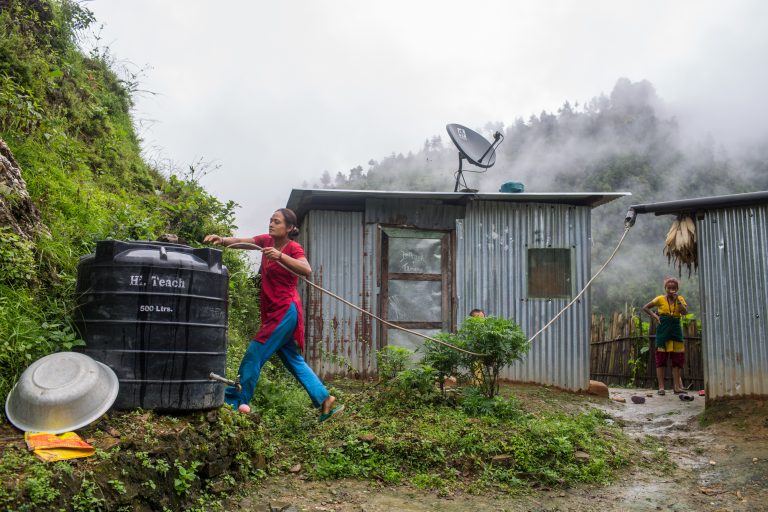
Preeti Man Tamang, 50, has limited land and had no idea about greenhouses which, with a small investment of just Rs 2,000 (USD 20), could eventually bring him more money.
“[The CRT-N] gave me plastic to build this greenhouse and taught me ways to construct it. I did everything by myself and you can see all the tomatoes around me now,” says Preeti. “I want to do more but I don’t have enough land.”
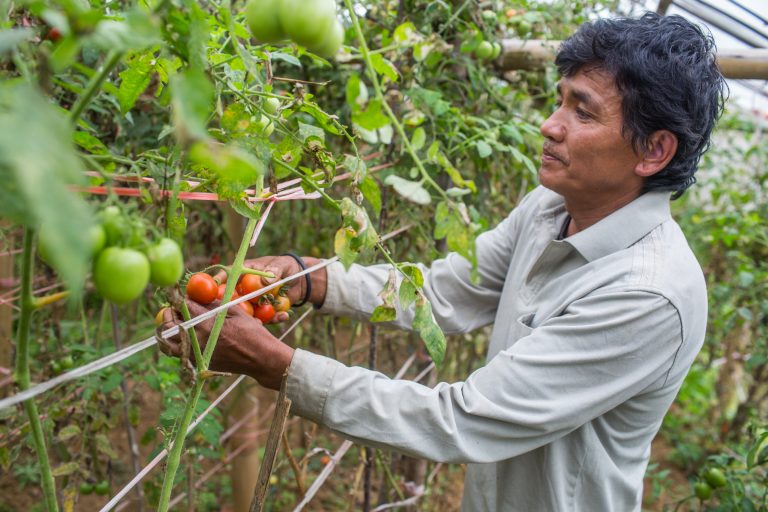
The article was originally published on thethirdpole.net. Read the original article.




